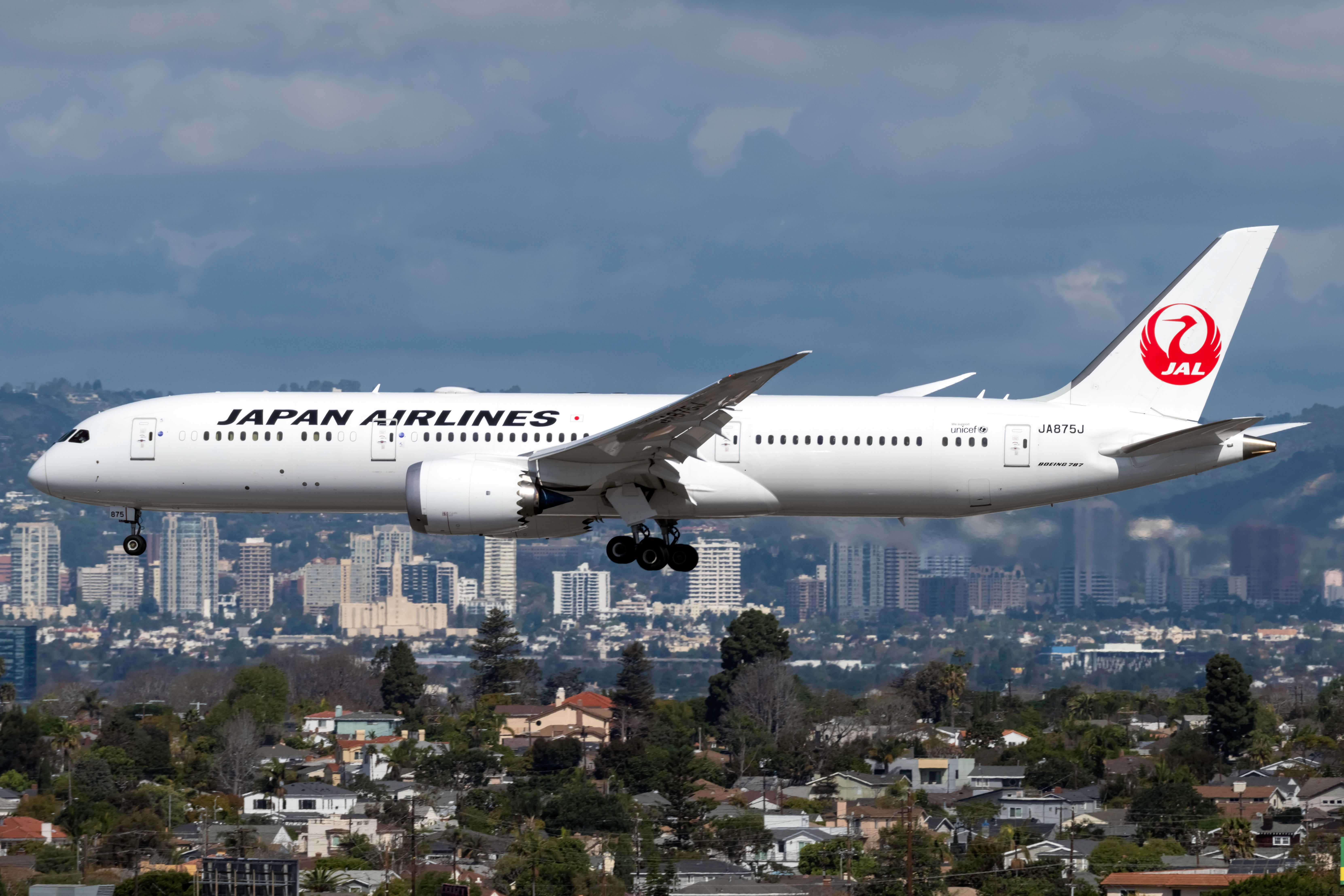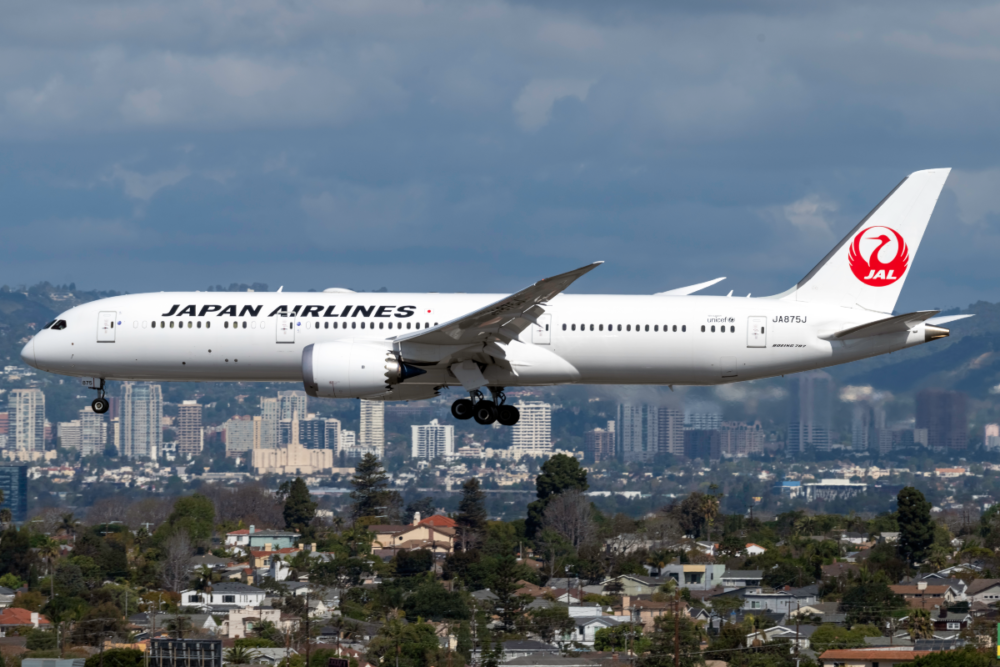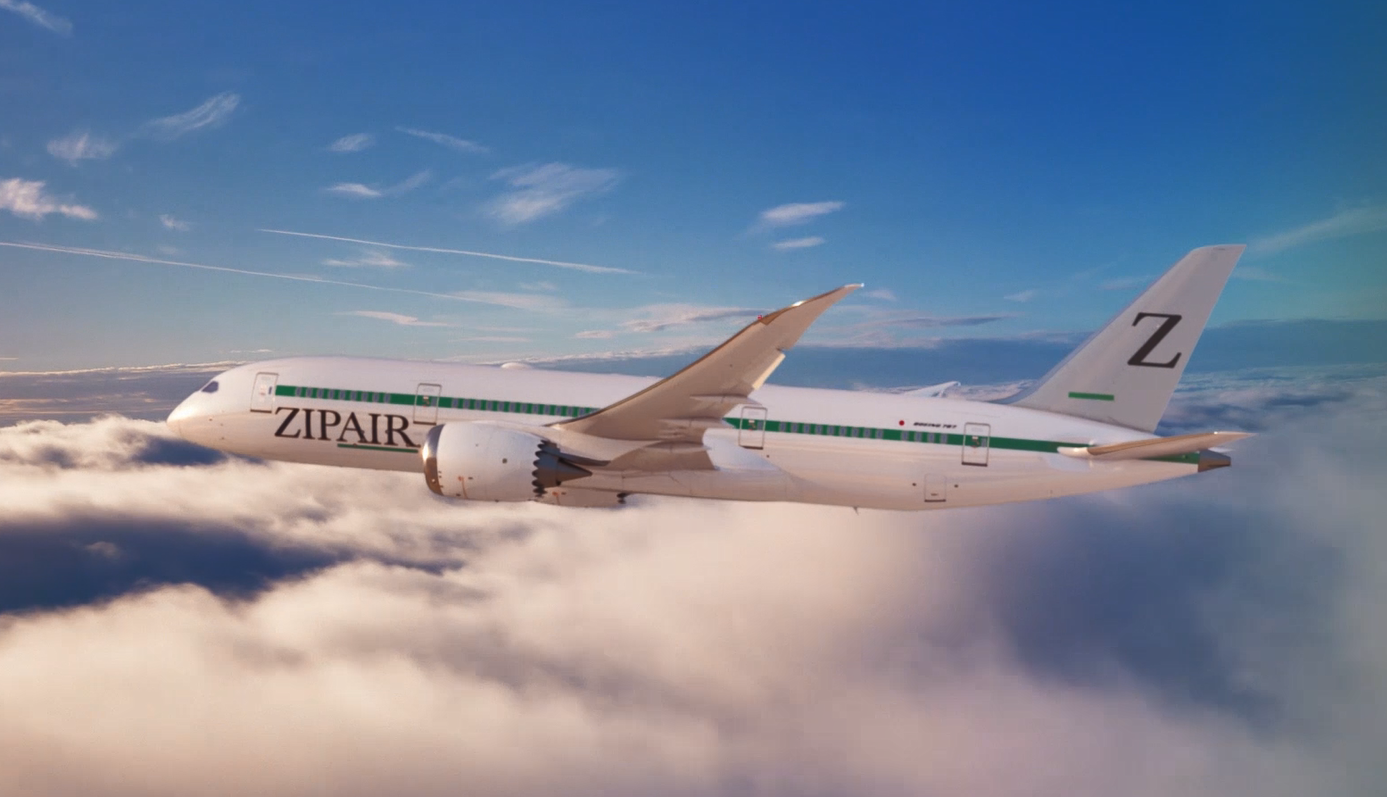Airlines in Japan are trailing the rest of the world, except for China, in their recovery as border restrictions cautiously creep towards full reopening. In June, Japan opened its borders to tourists, but only those who come in organized groups and not individuals. Its single biggest source of tourists in 2019 was China, with 9.25 million visitors to Japan, and that's gone for now.
Yesterday, Japan Airlines Group (JAL) released its Financial Year 2022 first-quarter results, covering April to June. The group includes Japan Airlines, ZIPAIR, Jetstar Japan and Spring Japan, a subsidiary since June 2021. Consolidated revenue doubled from Q1 last year to reach ¥268.8 billion ($2.05 billion), edging closer to the Q1 2019 benchmark of ¥348.8 billion ($2.67 billion). In Q1 2019, the group made a profit of ¥12.9 billion, last year, it lost ¥57.9 and this year reduced that loss to ¥19.5 billion ($149 billion).
Demand is building, but borders need to reopen fully
In its announcement, JAL said demand was on a recovery trend this quarter due to the advancement of vaccination and adjustment to a post-COVID lifestyle. As part of easing restrictions, the state of emergency declaration was lifted, boosting domestic and international travel, particularly to and from Tokyo. International passenger revenue for full-service carriers (FSCs) was ¥62.4 billion, domestic passenger revenue was ¥88 billion and cargo/mail produced ¥65.3 billion. In 2019 domestic and international each had a round 45% of total revenue, whereas this year, domestic has 40% and international 30%.
Discover more aviation news here!
Looking at passenger numbers in Q1 2022, the FSCs carried just over six million domestic and 728,000 international passengers. Capacity was reasonably managed with a domestic load factor of 55.8% and 67.6% for international. In the group's low-cost carrier segment, ZIPAIR carried 53,000, Spring Japan 42,000 and Jetstar Japan 962,000 passengers. Given that borders were only partially reopened in June, all of the JAL airlines have started on the road to recovery, albeit a long way behind airlines in the rest of Asia (China excluded).
The JAL Group has a good mix of aircraft types
According to ch-aviation.com, Japan Airlines has a fleet of 205 aircraft, with just ten listed as inactive. The fleet is dominated by Boeing aircraft, with 45 B737-800s, 28 B767-300ERs, 13 B777-300ERs, 25 B787-8s and 22 B787-9s. JAL also has 16 Airbus A350-900s and a wet-leased capacity of 12 ATR 42-600s, two ATR 72-600s, 18 Embraer ERJ 170s and 14 ERJ 190s. ZIPAIR has four B787-8s, and Spring Japan has six B737-800s. Jetstar Japan is not included in the group's consolidated results, but for reference, it has a fleet of 19 Airbus A320-200s and two A321-200NX aircraft.
JAL Group said its mid to long-haul international low-cost carrier ZIPAIR has been gaining ground and that "some flights were fully booked during the peak season." JAL has seen growing demand to and from Japan and is "steadily capturing transit passenger demand between Asia and North America." On domestic flights, JAL has been using its Airbus A350s to meet capacity demand, particularly during the long-holiday season in May.
For the rest of the financial year, JAL sees continued demand growth in both domestic and international services, although it cautions about the impact of the "Russia-Ukraine situation or price hike of raw materials, including fuel. However, we will strive all together to achieve our performance target of 80 billion yen in EBIT."
Do you think the ban on individuals traveling to Japan will continue to impact JAL's performance?



-JA734J-Pace.jpeg)
